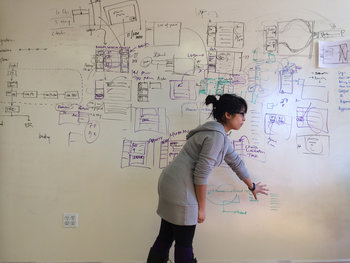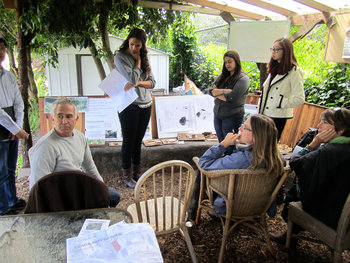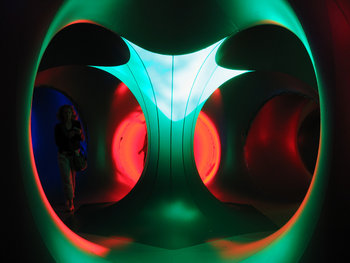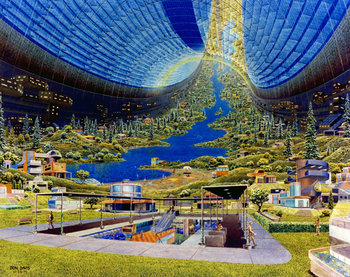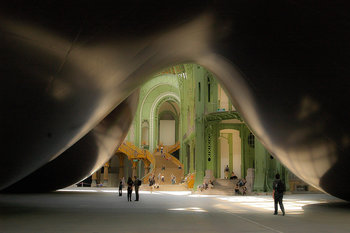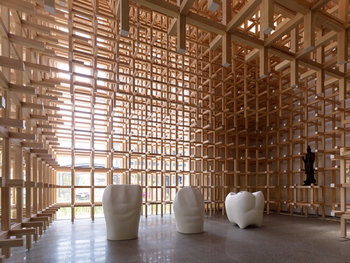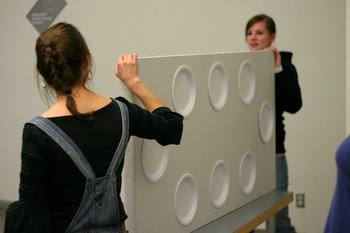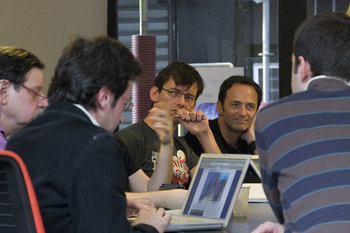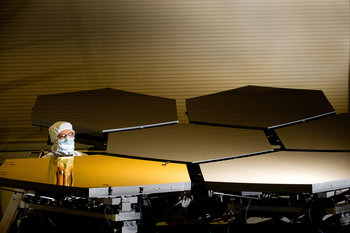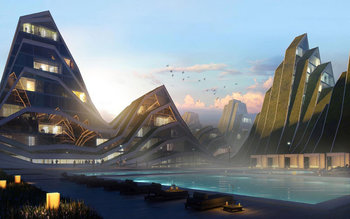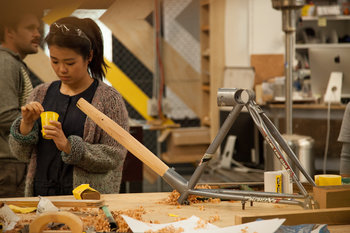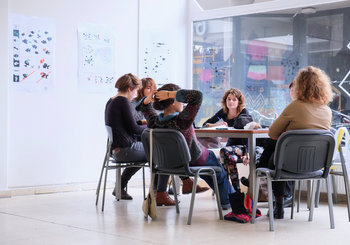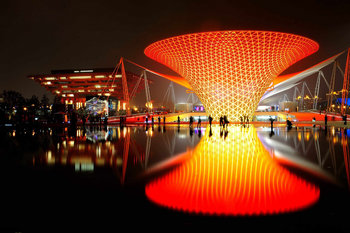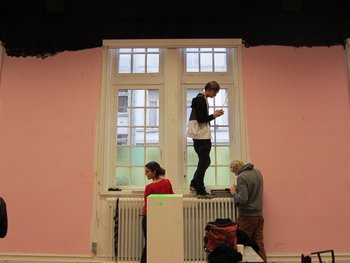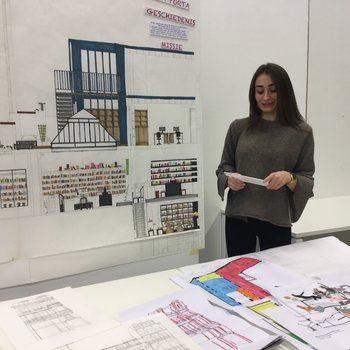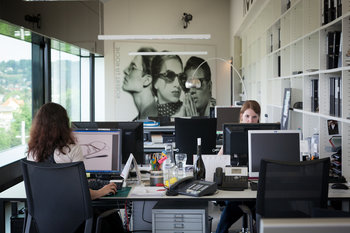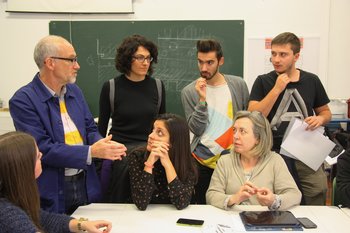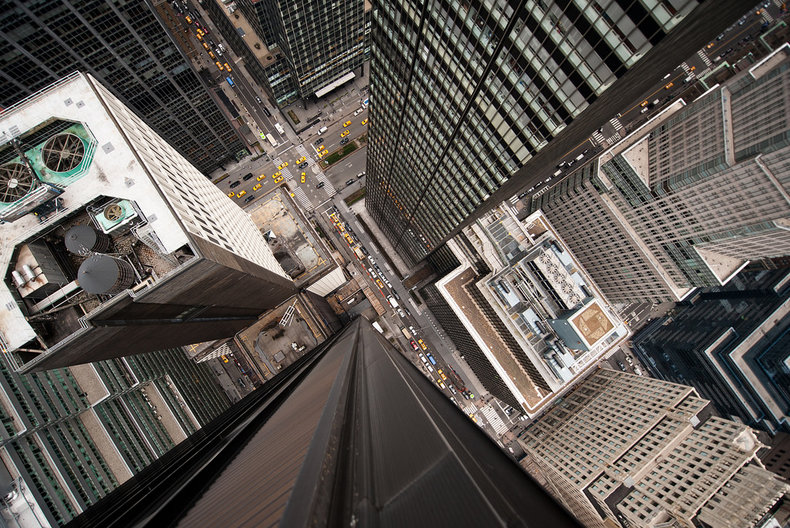
Cities
Many ancient cities evolved through the individual contributions of citizens building houses and roads that they needed. Such cities weren't designed for the future and are expensive to maintain or extend with new infrastructure.Modern cities are typically managed with a Big Design Up Front approach that may include comprehensive strategies spanning decades. Cities are typically interested in improving quality of life, sustainability and resilience. These are all things that aren't typically addressed by letting a city emerge freely.Emergence vs Big Design Up Front
In the 20th century, Big Design Up Front was the standard for big-project design in areas such as urban design, architecture, engineering and software.In recent years there has been a slight push to bring emergence back. Cities that are centrally planned may be dull, plain and standardized with endless concrete infrastructure. Techniques such as placemaking resemble emergence as they allow neighborhoods to develop along unique paths.Software Design & Emergence
It has always been common for software designs to emerge without a big design due to time to market and cost issues. In the past, this was usually frowned upon by project management, software development and architectural methodologies.In 2001, a new type of methodology known as agile sprang up that challenges this notion. Agile specifically calls for designs that emerge with time. Historically, this tends to lead to highly complex architectures when it occurs at scale for a long period of time. Generations of software architects have been taught that design is about planning upfront for change. Perhaps the future of software design sees emergence as a central theme with techniques that allow for low-risk, high-quality systems that seamlessly integrate despite constant change.| Emergence vs Big Design Up Front | ||
Emergence | Big Design Up Front | |
Definition | Incrementally designing things as you need them. | Designing for the future with extensive designs that allow quality to be maintained over years, decades or centuries of change. |




